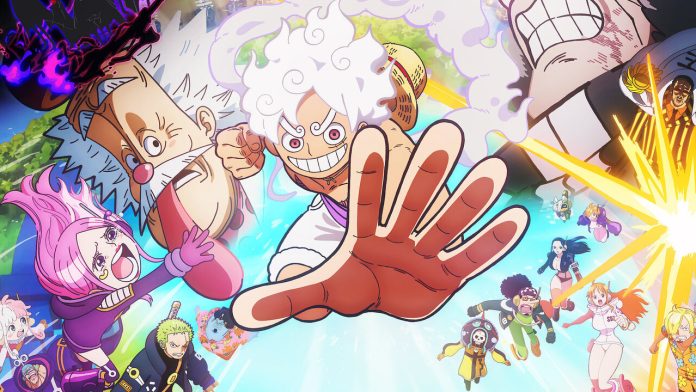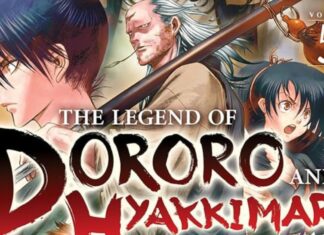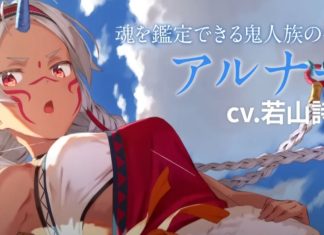In a world brimming with tales of heroes and villains, few stories have captured the collective imagination quite like One Piece. Created by Eiichiro Oda, this sprawling epic has transcended its origins as a simple manga to become a cultural juggernaut, inspiring everything from global protests to scientific discoveries. As we sail through 2025, with the series still charting its final saga amid occasional breaks, let’s explore how this pirate adventure started, evolved into a global phenomenon, and why it continues to hook fans worldwide.
Humble Beginnings: From Childhood Dreams to Shōnen Jump
The journey of One Piece began in the mind of a young Eiichiro Oda, whose fascination with pirates was sparked by childhood favorites like the animated series Vicky the Viking. Drawing heavy inspiration from Akira Toriyama’s Dragon Ball, Oda honed his craft as an assistant to manga artist Nobuhiro Watsuki before pitching his own story. In 1996, he released two one-shot stories titled Romance Dawn, featuring a rubber-powered protagonist named Luffy—elements that would form the backbone of the series.
After three rejections from Weekly Shōnen Jump, Oda’s persistence paid off. The magazine’s editor-in-chief, Kazuhiko Torishima, debated its serialization for hours but ultimately greenlit it due to its earnest potential. On July 22, 1997, One Piece debuted, blending Oda’s love for real-life pirate lore (like basing characters on historical figures such as Blackbeard) with fantastical elements like Devil Fruits—inspired by Doraemon gadgets that grant powers but curse users with an inability to swim. Oda’s grueling work ethic, often pulling 21-hour days, ensured a consistent vision, with him personally drawing all moving elements for stylistic unity.
What started as a planned five-year run has stretched into decades, thanks to Oda’s evolving enjoyment of the narrative. By 2025, the manga is in its final saga, but recent statements from Luffy’s voice actress, Mayumi Tanaka, suggest it could take another 7-8 years to conclude, with Oda confirming the treasure is a tangible object, not a metaphorical “journey.”
The Epic Plot: A World of Dreams, Dangers, and Discovery
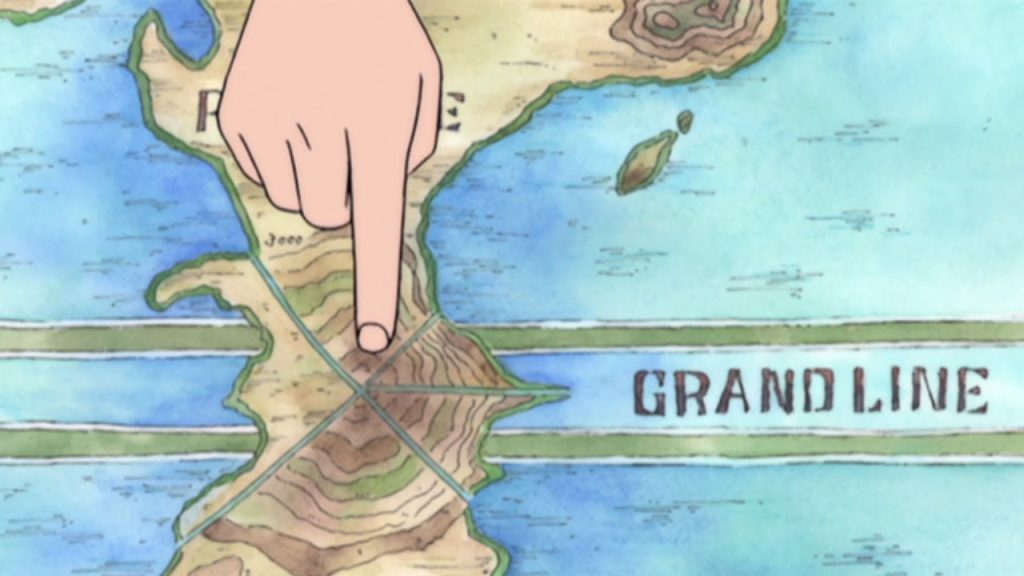
At its core, One Piece is the tale of Monkey D. Luffy, a carefree boy who gains elastic powers from eating the Gum-Gum Fruit. Dreaming of freedom and adventure, Luffy sets out from the East Blue to find the legendary “One Piece” treasure hidden by the executed Pirate King, Gol D. Roger, and claim the title himself. Along the way, he assembles the Straw Hat Pirates, navigating the treacherous Grand Line—a perilous ocean divided into Paradise and the New World, filled with Sea Kings, moral ambiguities, and supernatural forces like Haki (willpower-based combat) and Devil Fruits.
The story unfolds across intricate arcs, pitting the crew against pirates, the oppressive World Government, and revolutionary forces. Themes of friendship, perseverance, and defying tyranny weave through high-stakes battles and heartfelt moments, creating a morally complex world where heroes aren’t always heroic and villains have depth. Oda’s pun-filled attacks and multilingual wordplay add whimsy, while the planet’s diverse races— from minks to fish-men—enrich the lore without heavy romance, staying true to its shōnen roots.
Manga and Anime: From Pages to Screens
The manga, serialized in Weekly Shōnen Jump, has compiled into 112 tankōbon volumes as of July 2025, with over 516 million copies sold worldwide—earning Guinness World Records for the most copies published by a single author. Its sales dominance is unmatched: every volume since 2008 has topped charts in Japan, with international hits like France (over 31 million copies) and Italy (18 million). Spin-offs like One Piece Party and crossovers with Dragon Ball expand the universe.
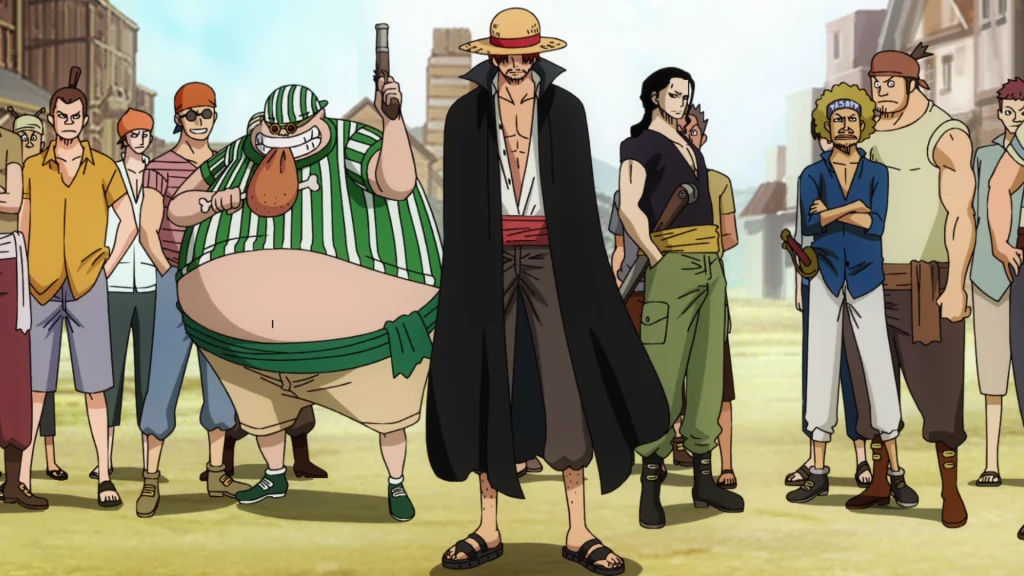
The anime adaptation by Toei Animation premiered in 1999, surpassing 1,000 episodes by 2021. Known for its vibrant animation, it includes 14 feature films with original plots and higher production values, plus OVAs like Romance Dawn Story. In 2025, the anime is on hiatus until April to wrap the Egghead arc, while a Netflix remake by Wit Studio reimagines the East Blue saga with fresh visuals. Music by Kohei Tanaka and character songs further immerse viewers, blending epic scores with thematic depth.
Iconic Characters: A Crew Like No Other
Luffy’s infectious optimism anchors the story, but his crew steals the show. Roronoa Zoro, the three-sword-wielding swordsman; Nami, the clever navigator; Usopp, the inventive sniper; Sanji, the chivalrous cook; Tony Tony Chopper, the adorable reindeer doctor; Nico Robin, the enigmatic archaeologist; Franky, the cyborg shipwright; Brook, the skeletal musician; and Jimbei, the fish-man helmsman—each brings unique backstories and growth. Antagonists like Marshall D. Teach (Blackbeard) draw from history, adding layers to conflicts.
Oda’s designs emphasize expression and quirkiness, making characters relatable and memorable. Fans adore how the crew evolves from misfits into a family, embodying dreams that resonate universally.
Why Fans Love It: Heart, Humor, and Humanity
Critics and fans hail One Piece as a masterpiece for its masterful blend of action, humor, and emotional depth. Anime News Network praises its timeless art and epic scope, while IGN highlights the world-building that prioritizes adventure over endless fights. The series’ ability to balance lighthearted gags with profound themes—like fighting oppression or pursuing impossible dreams—creates tear-jerking moments amid laughter. Polls, like TV Asahi’s 2021 ranking as the best manga, reflect its broad appeal across ages and genders.
Oda’s “don’t fool the reader” philosophy, with long-term hints and consistent storytelling, builds trust and investment. Even Gundam creator Yoshiyuki Tomino calls it the “only manga to trust.”
Rising to Fame: A Global Phenomenon
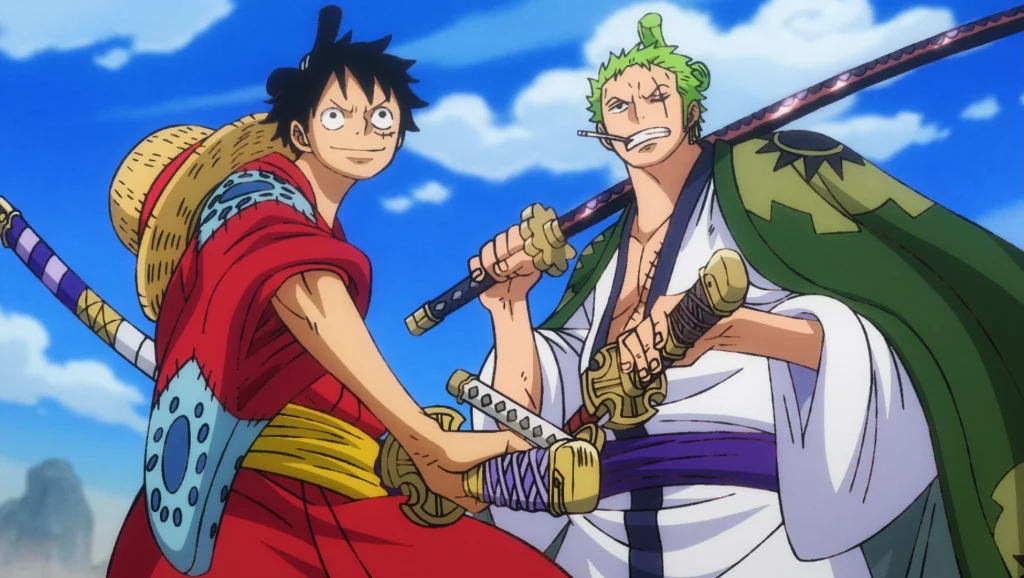
One Piece exploded in popularity through record-breaking sales and cultural permeation. By 2004, merchandise topped $1 billion in Japan; today, it spans theme parks like Tokyo One Piece Tower, live events, and collaborations with brands like the Boston Red Sox and Los Angeles Lakers in 2025. Its influence extends to science—a gene named “Baramicin” after the crew in 2021, and a new spider species in 2025.
Uniquely, the Straw Hats’ Jolly Roger flag has become a symbol of resistance, appearing in 2025 protests in Indonesia (deemed a “national threat”), Nepal, the Philippines, France, and Madagascar over issues like water shortages and independence. This grassroots adoption underscores how One Piece inspires real-world change, turning a fictional quest for freedom into a global emblem.
As One Piece navigates its final waves in 2025—amid manga breaks and anime returns—its legacy endures. Oda’s creation isn’t just a story; it’s a testament to dreaming big, proving that even the longest journeys can redefine the seas of entertainment.
ALSO READ: Exploring Studio MAPPA’s Top 15 Anime Series: A Powerhouse of Modern Anime Innovation
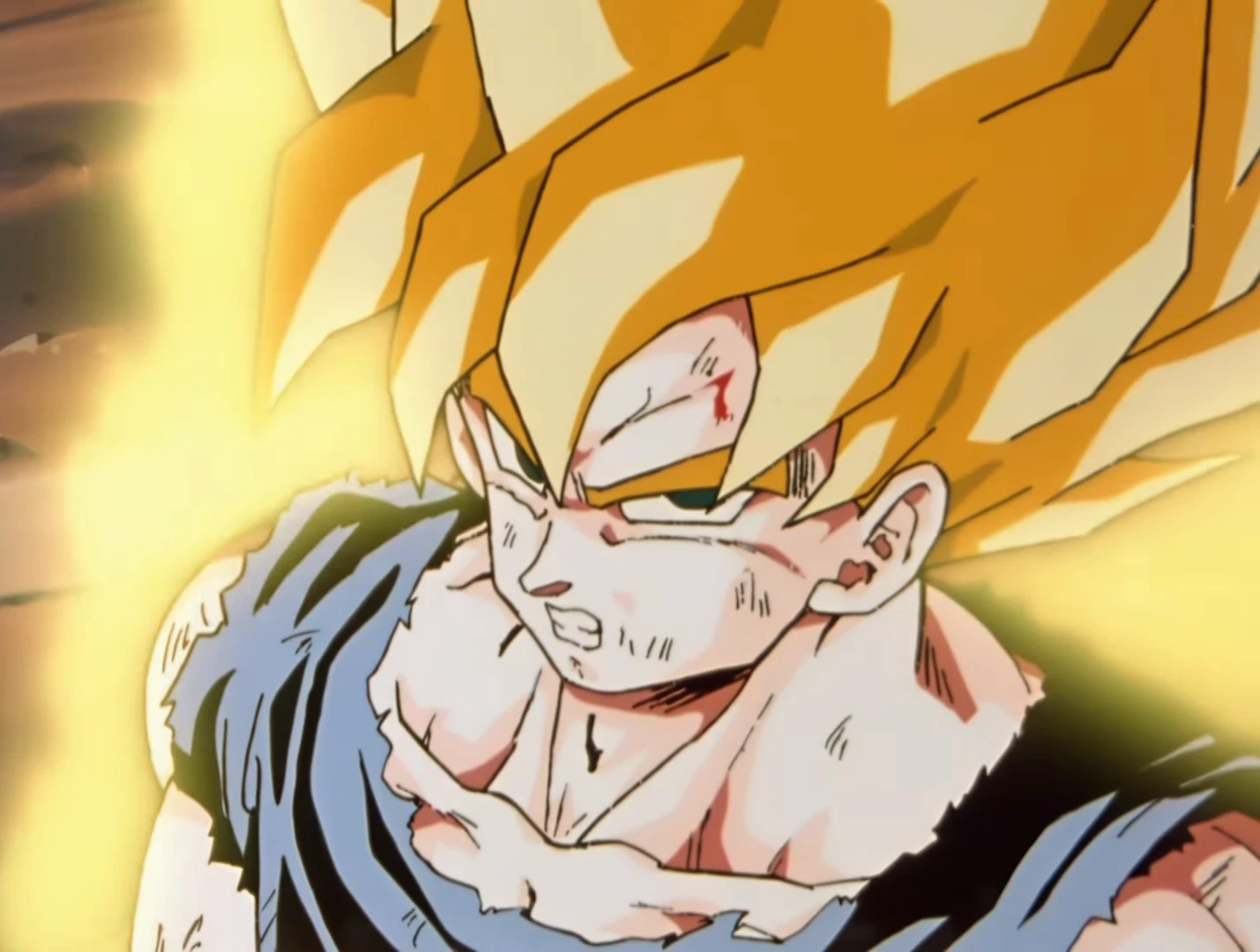
Hello, I am a huge anime fan with a decent experience in writing articles regarding the anime industry.
